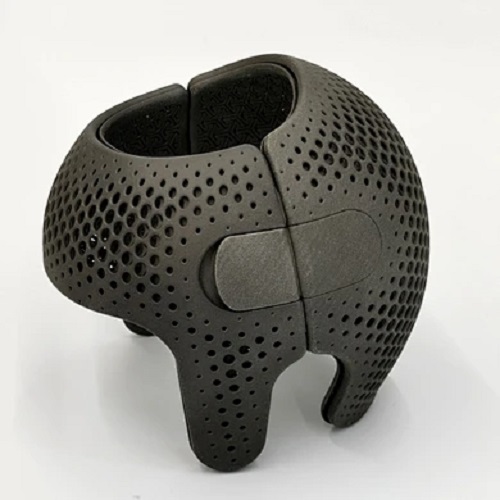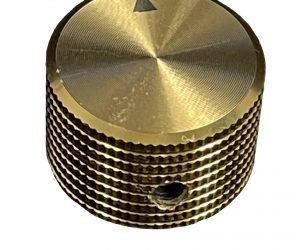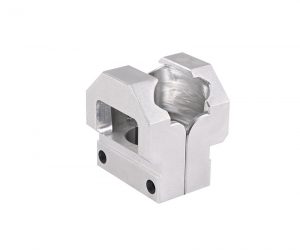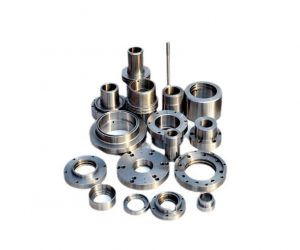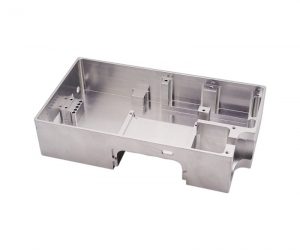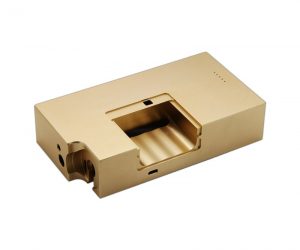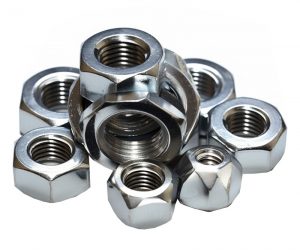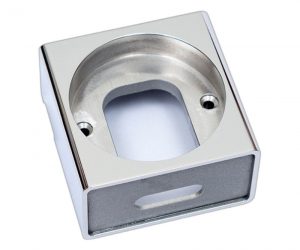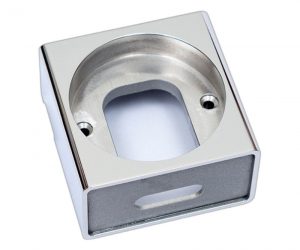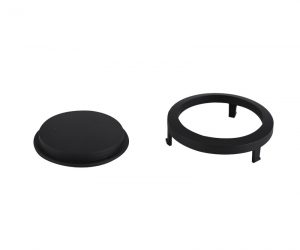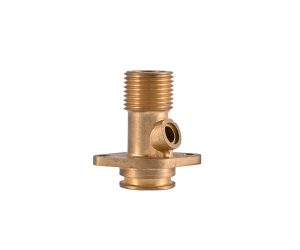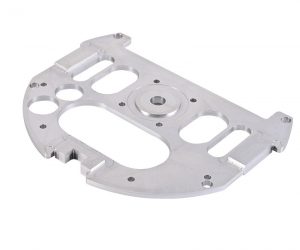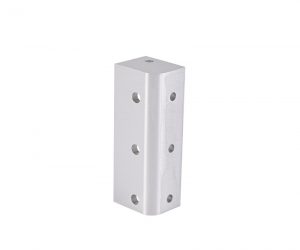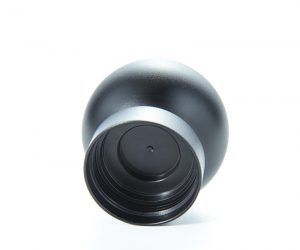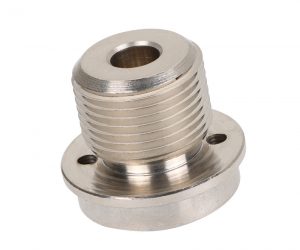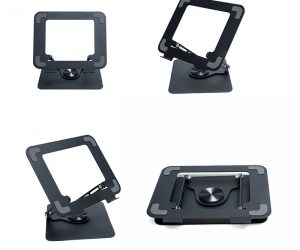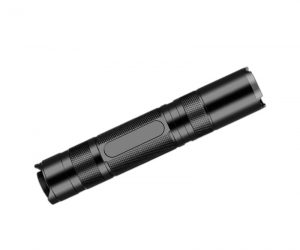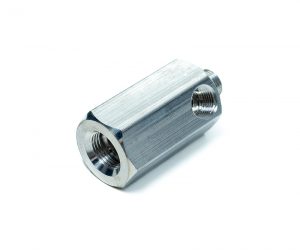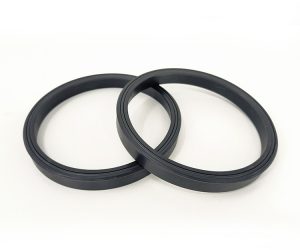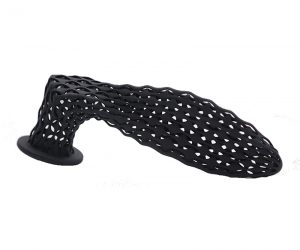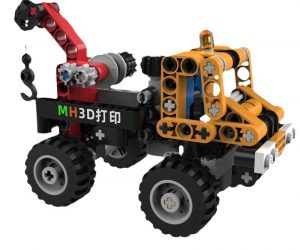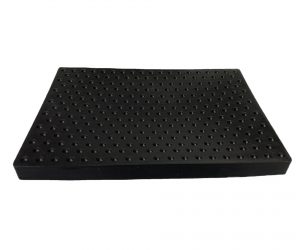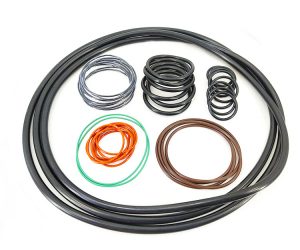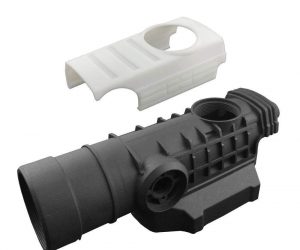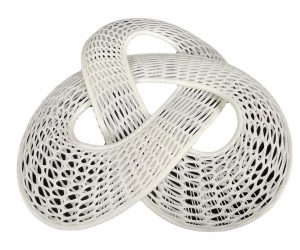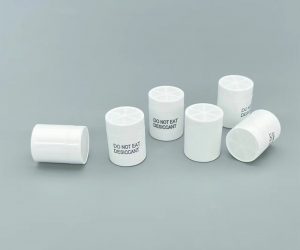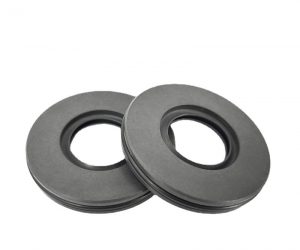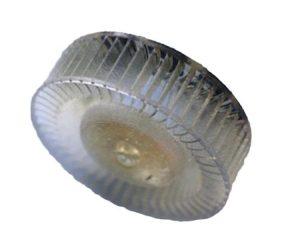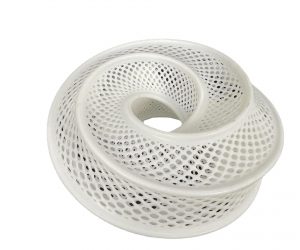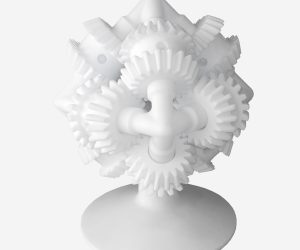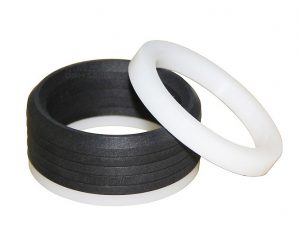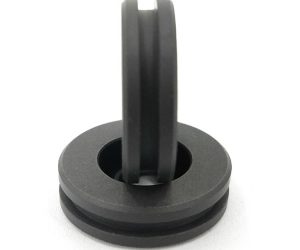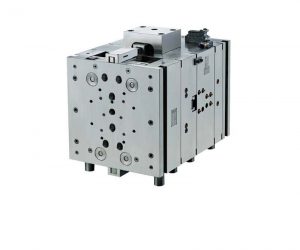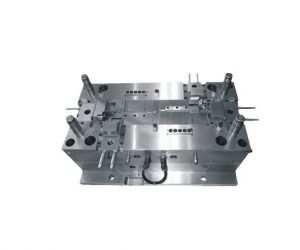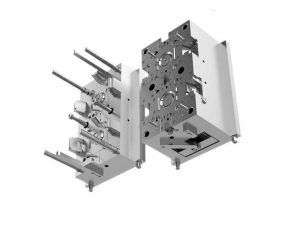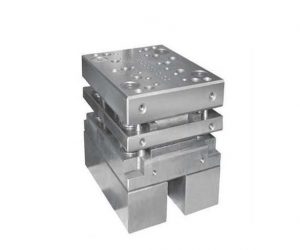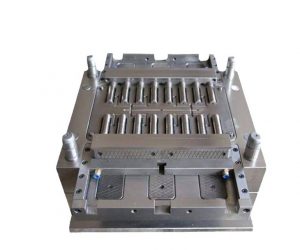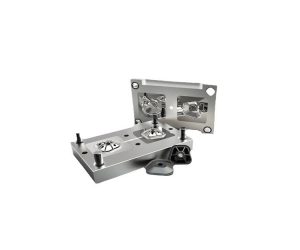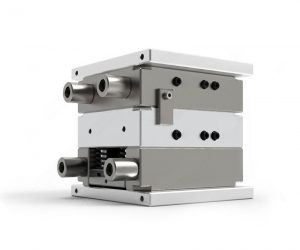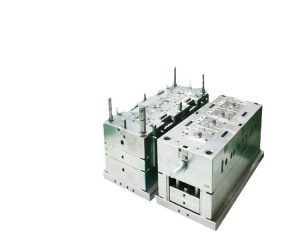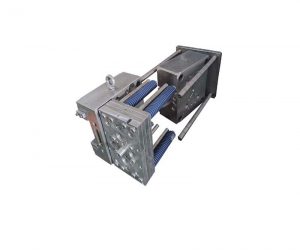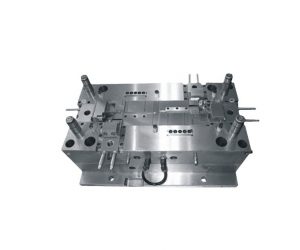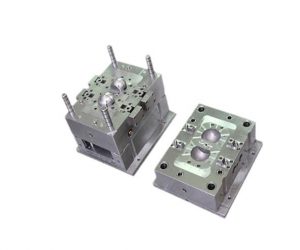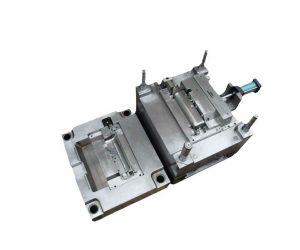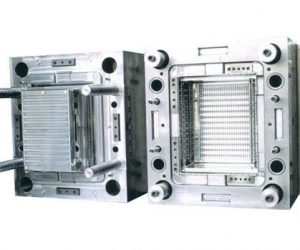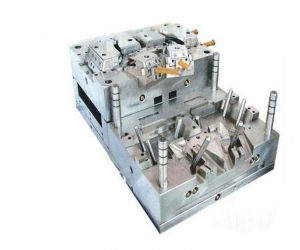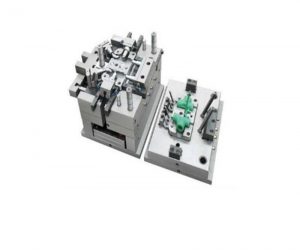Explore the world of additive manufacturing companies and how they are revolutionizing the industry with advanced 3D-afdrukken technologies, materialen, and custom services.
I. Invoering
A. The Rise and Evolution of Additive Manufacturing Companies
In recent years, the additive manufacturing (AM) landscape has shifted significantly, driven by the rapid development of 3D printing technology and the growing demand for innovative, customized and agile manufacturing solutions. As industries seek to optimize their product development and production processes, additive manufacturing companies have emerged as key players, offering a wide range of cutting-edge services and expertise to meet the changing needs of their customers.
B. Overview of Services Provided by Leading AM Companies
Additive manufacturing companies have moved beyond simply providing 3D printing capabilities. These companies now offer a comprehensive suite of services, including design optimization, materiaal selection, prototyping, low-series production, and end-use part manufacturing. By leveraging their technological prowess and deep industry knowledge, leading additive manufacturing companies are enabling businesses to achieve new levels of innovation, efficiency and customization in different areas.
II. Understanding Additive Manufacturing Technologies
A. Types of 3D Printing Technologies: FDM, SLA, DLP, SLS, en meer
At the heart of additive manufacturing companies' products are the various 3D printing technologies they employ. From the ubiquitous fusion deposition modeling (FDM) to the precision of stereolithography (SLA) En digital light processing (DLP) to the strength and versatility of selective laser sintering (SLS), these companies have a deep understanding of the unique capabilities and toepassingen of each printing method. By carefully selecting the right technology for each project, AM can provide tailor-made solutions to meet the specific requirements of its customers.
B. The Role of Software and Design in Additive Manufacturing
The success of additive manufacturing extends far beyond the physical hardware of 3D printers. Leading AM companies place great emphasis on the integration of advanced software and design tools, which are critical for optimizing part geometry, generating support structures, and ensuring printability and performance of the final product. From CAD modeling to slicing algorithms and simulation software, these digital capabilities are woven into the fabric of AM service offerings, enabling seamless collaboration and efficient product development.
C. Material Innovations: Beyond Plastic and into Metal, Ceramics, en meer
The field of additive manufacturing has witnessed a significant expansion in the range of materials available for 3D printing. While the early days of AM were dominated by plastic-based filaments and resins, today's leading companies have integrated a variety of materials into their service portfolios, including metals, keramiek, composites and even biomaterials. This material innovation opens up new frontiers for additive manufacturing, allowing the production of high-performance, durable and dedicated parts across a wide range of industries.
III. Finding the Right Additive Manufacturing Company
A. Evaluating Company Capabilities and Service Offerings
When selecting an additive manufacturing company as a partner, it is essential to thoroughly assess their capabilities and the range of services they offer. Leading AM companies often have a diverse range of 3D printing technologies, as well as the expertise to recommend the most suitable solutions for their customers' specific needs. In aanvulling, these companies may offer a range of complementary services such as design consulting, part optimization, and post-processing to ensure a seamless and comprehensive manufacturing experience.
B. Cost Considerations and Value Propositions of Top AM Companies
While cost is an important factor in choosing an additive manufacturing partner, it's important to look beyond superficial pricing and consider the overall value proposition offered by the leading companies. These companies often leverage their economies of scale, operational efficiency, and deep industry knowledge to provide cost-effective solutions for long-term benefits such as shorter lead times, improved design flexibility, and enhanced product performance.
C. Quality Assurance and Certification Standards in AM
Additive manufacturing companies that have obtained industry-recognized certifications and adhere to strict quality standards are often the first choice for customers seeking reliable and high-quality products. By demonstrating their commitment to excellence through certifications such as ISO 9001 or IATF 16949, these AM companies can instill confidence in their clients and demonstrate their ability to consistently deliver outstanding results.
IV. Preparing for Success with Additive Manufacturing Companies
A. Design Optimization for 3D Printing Requirements
Working with additive manufacturing companies often requires a change in design thinking, as the unique characteristics and limitations of 3D printing must be taken into account. Leading additive manufacturing companies can provide valuable guidance for design optimization, helping customers leverage the capabilities of various printing technologies to minimize part deformation and ensure the structural integrity and functionality of their products.
B. File Preparation and Technical Specifications for AM
Properly preparing and submitting digital files facilitates seamless integration between customers and additive manufacturing companies. AM companies typically provide detailed technical specifications and guidelines to ensure that 3D models are optimized for printing, reducing the risk of errors and delays during manufacturing. By complying with these requirements, customers can streamline workflows and maximize the efficiency of additive manufacturing projects.
C. Collaboration and Iteration: Working with AM Companies
The most successful partnerships between customers and additive manufacturing companies are built on open communicatie, transparency, and a willingness to iterate. Leading AM companies encourage close collaboration, enabling customers to actively participate in the design and prototyping stages, provide feedback, and improve their products until the required specifications are met. This iterative approach fosters innovation and helps ensure that the final output is aligned with the customer's vision and requirements.
V. Industrial Applications of Additive Manufacturing Companies
A. Aerospace and Automotive: Light-weighting and Performance
Additive manufacturing has revolutionized the ruimtevaart En automobiel industrieën, enabling the production of lightweight, high-performance components that were previously impossible or too costly to manufacture using traditional methods. Leading additive manufacturing companies harness the power of 3D printing to create complex, optimized designs that reduce weight, improve aerodynamics, and enhance the overall performance of vehicles and aircraft.
B. Medical and Healthcare: Custom Implants and Bioprinting
De medisch and healthcare industry has been one of the early adopters of additive manufacturing, using the technology to create highly customized implants, prosthetics, and even bioprinted tissues. With its expertise in materials science and advanced 3D printing technologies, Additive Manufacturing plays an important role in driving innovation in personalized medicine, surgical planning and regenerative therapies.
C. Consumer Products and Architecture: Bespoke Designs and Rapid Prototyping
Additive manufacturing is also having a significant impact on the consumer goods and construction industrieën, where rapid prototyping and the ability to create custom designs have become key competitive advantages. Leading AM companies work with designers, entrepreneurs and architects to bring their creative visions to life, enabling the production of unique custom products and architectural models to meet the specific needs and preferences of end users.
VI. Overcoming Challenges in Additive Manufacturing
A. Common Issues in 3D Printing and Their Solutions
While additive manufacturing has undoubtedly changed the manufacturing landscape, it is not without its challenges. Through innovative design strategies, advanced process control and post-processing technologies, Additive Manufacturing has accumulated a wealth of expertise in solving common problems such as part deformation, surface quality and dimensional accuracy. By proactively identifying and mitigating these challenges, leading AM companies can ensure the continuous delivery of high-quality products to their customers.
B. Intellectual Property and Security Considerations
As additive manufacturing companies process sensitive digital files and produce highly customized products, protecting intellectual property and data security is critical. Leading AM companies have implemented strong security measures, including access controls, encryption, and secure data storage, to protect customers' valuable assets and maintain the integrity of their design and manufacturing processes.
C. Scaling Up: From Prototype to Production with AM Companies
One of the key advantages of working with additive manufacturing companies is their ability to seamlessly transition from prototyping to full production. These companies have developed simplified workflows and scalable manufacturing capabilities to support customers moving from small-batch testing to high-volume part production. By leveraging their expertise and resources, AM companies can help clients meet the challenges of scaling up and ensure a smooth transition from initial concept to final product.
VII. Cutting-Edge Developments and Future Outlook
A. Advancements in Additive Manufacturing Technologies
The field of additive manufacturing continues to evolve, with leading companies driving innovative breakthroughs in printing technology, materials and software capabilities. From the continuous improvement of existing 3D printing processes to the emergence of new technologies such as multi-material printing and hybrid manufacturing, the prospects of additive manufacturing will advance even further in the coming years. Additive manufacturing companies are at the forefront of these developments, working to provide customers with increasingly complex and versatile solutions.
B. Potential Impact on Global Manufacturing and Supply Chains
The widespread adoption of additive manufacturing has the potential to fundamentally reshape global manufacturing and supply chain dynamics. Additive manufacturing companies are helping companies localize production, reduce lead times, and adapt more quickly to changing market demands. As these technologies continue to mature and become more accessible, centralized mass production models are likely to give way to more distributed on-demand manufacturing methods, with significant implications for logistics, inventory management, and overall supply chain resilience.
C. Environmental Implications and Sustainable Manufacturing Practices
Along with technological advances, additive manufacturing companies are also prioritizing the environmental impact of their operations. By leveraging the inherent material efficiency and waste reduction of 3D printing, leading AM companies are championing sustainable manufacturing practices, such as the use of recycled or biodegradable materials, energy efficient processes and circular economy principles. As the global focus on environmental sustainability intensifies, additive manufacturing companies will play a key role in driving the transition to greener, more resource-focused manufacturing.
VIII. Case Studies: Industry Leaders in Additive Manufacturing
A. Pioneering Companies and Their Groundbreaking Projects
The additive manufacturing sector is made up of numerous industry-leading companies, each with their own unique strengths and innovative achievements. From the development of high-performance aerospace components to the creation of custom medisch implants and the production of complex building models, these pioneering additive manufacturing companies have demonstrated the transformative power of their technologies in a wide range of fields.
B. Success Stories: Transformative Impact on Products and Services
By partnering with additive manufacturing companies, companies can make significant breakthroughs and open up new levels of innovation. Case studies highlighting these collaborative success stories demonstrate the tangible benefits of leveraging AM, such as reduced development time, improved product performance, and the ability to deliver highly customized solutions to customers.
C. Economic Benefits and Customer Testimonials from Leading AM Firms
The economic impact of additive manufacturing companies is undeniable, as their services enable customers to reduce costs, increase efficiency, and gain a competitive advantage in their respective markets. Through detailed case studies and customer reviews, leading additive manufacturing companies have demonstrated tremendous return on investment, as well as the positive transformative impact their technologies are having on various industries and businesses.
IX. Conclusie
A. Final Thoughts on Leveraging Additive Manufacturing Companies
As we conclude our exploration of the additive manufacturing space, it is clear that these pioneering companies will play a key role in shaping the future of manufacturing and product development. By harnessing the power of advanced 3D printing technology, innovative materials and design optimization, leading AM companies are enabling businesses across a range of industries to achieve new levels of innovation, efficiency and customization. Whether you're looking to streamline the prototyping process, produce high-performance parts, or create unique, personalized products, additive manufacturing companies offer a wealth of expertise and transformative capabilities to help you achieve your goals.
B. The Exciting Horizon of Additive Manufacturing in the Coming Decades
As we look to the future, the future of additive manufacturing is full of limitless potential. From continued advances in printing technology and the expansion of material supplies, to the integration of artificial intelligence and the evolution of sustainable manufacturing practices, the field of additive manufacturing is poised for an even greater leap forward. As these cutting-edge developments unfold, the role of leading additive manufacturing companies will become increasingly important as they drive the transformation of global manufacturing and pave the way for a more innovative, efficient and environmentally conscious future.
FAQs:
- What are the key benefits of working with additive manufacturing companies?
Partnering with leading additive manufacturing companies can offer a wide range of benefits, inbegrepen:
- Accelerated product development and reduced time-to-market through rapid prototyping and iteration
- Enhanced design flexibility and the ability to create highly customized, complex parts and products
- Cost savings through optimized manufacturing processes, material efficiency, and reduced tooling requirements
- Improved product performance and reliability through the use of advanced materials and design optimization
- Increased agility and responsiveness to changing market demands through on-demand and distributed production capabilities
- Access to specialized expertise, cutting-edge technologies, and industry-leading quality assurance standards
- What are the different 3D printing technologies used by additive manufacturing companies?
Additive manufacturing companies typically leverage a diverse array of 3D printing technologies, each with its own unique capabilities and toepassingen. Some of the most common technologies include:
- Fused Deposition Modeling (FDM): Extrudes thermoplastic filaments to build parts in layers
- Stereolithography (SLA): Uses a laser to selectively cure photosensitive resins
- Digital Light Processing (DLP): Utilizes a digital light projector to cure photopolymer resins
- Selective Laser Sintering (SLS): Fuses powder-based materials, such as plastics and metals, using a laser
- Direct Metal Laser Sintering (DMLS): Sinters metal powders to create high-performance, durable parts
- PolyJet: Employs inkjet-like print heads to deposit and cure liquid photopolymer materials
- How can I evaluate and select the right additive manufacturing company for my project?
When choosing an additive manufacturing partner, consider the following key factors:
- Evaluate the company's breadth of 3D printing capabilities, materialen, and complementary services
- Assess their technical expertise, industry experience, and track record of successful projects
- Understand their quality assurance processes, certifications, and commitment to consistent output
- Consider the cost-effectiveness of their services and the value proposition they offer
- Examine their turnaround times, scalability, and ability to support your project requirements
- Gauge their level of collaboration, communicatie, and willingness to work closely with your team
- What are some of the common challenges in additive manufacturing, and how do leading companies address them?
Some of the common challenges in additive manufacturing include:
- Part deformation and warping due to thermal stresses or material shrinkage
- Surface quality issues, such as layer lines or rough textures
- Dimensional accuracy and tolerances required for specific applications
- Selecting the optimal materials and printing parameters for desired part properties
- Ensuring reliable and repeatable manufacturing processes at scale
Leading additive manufacturing companies address these challenges through a combination of design optimization, advanced process control, post-processing techniques, and continuous process improvements. They leverage their expertise and industry knowledge to proactively mitigate these issues and deliver consistent, high-quality results.
- How are additive manufacturing companies driving sustainability and environmental responsibility?
Additive Manufacturing companies are at the forefront of promoting sustainable manufacturing practices, inbegrepen:
Reduce waste and environmental impact by using recyclable or biodegradable materials
Optimize design and printing processes to minimize material consumption and energy use
Implement a closed-loop recycling system to reuse and reuse waste
Develop new environmentally friendly printing technologies and materials to expand sustainable options
Work with customers to support their sustainability goals and contribute to the transition to a more circular economy
By prioritizing environmental considerations, leading additive manufacturing companies not only reduce their own carbon footprint, but also enable their customers to make more sustainable choices and contribute to a greener future.
